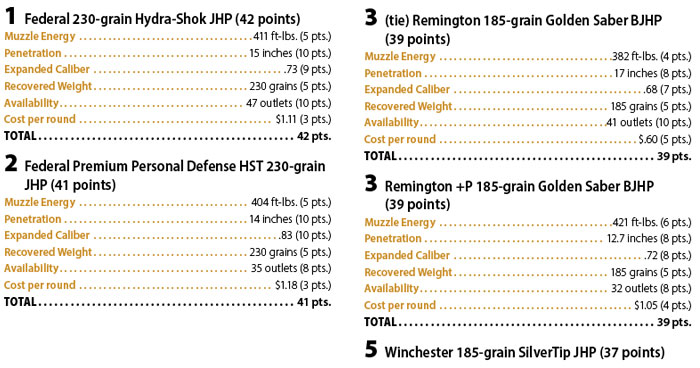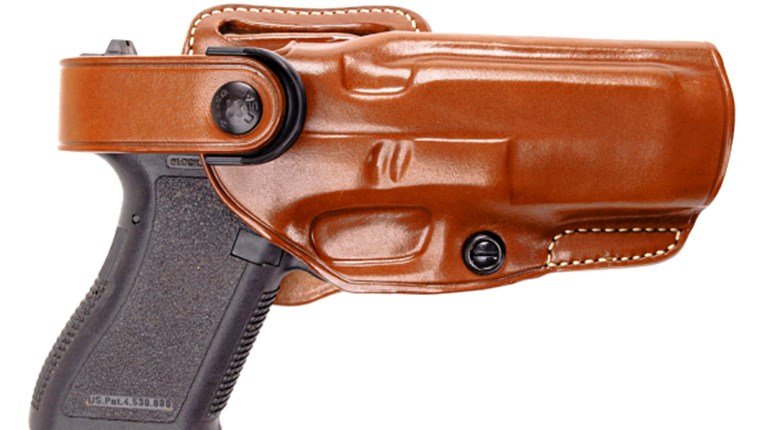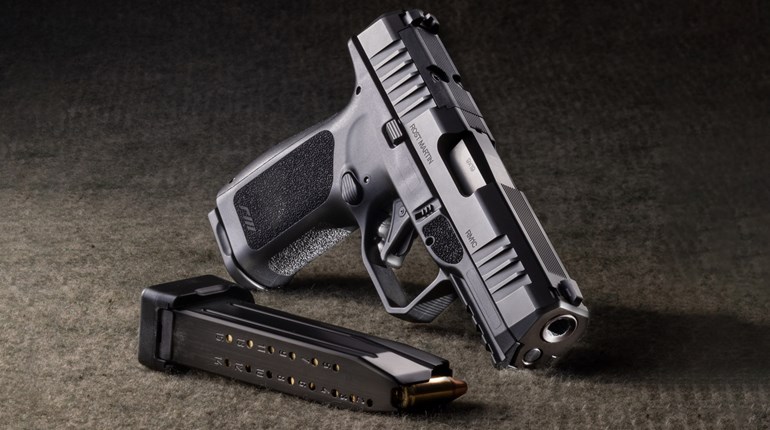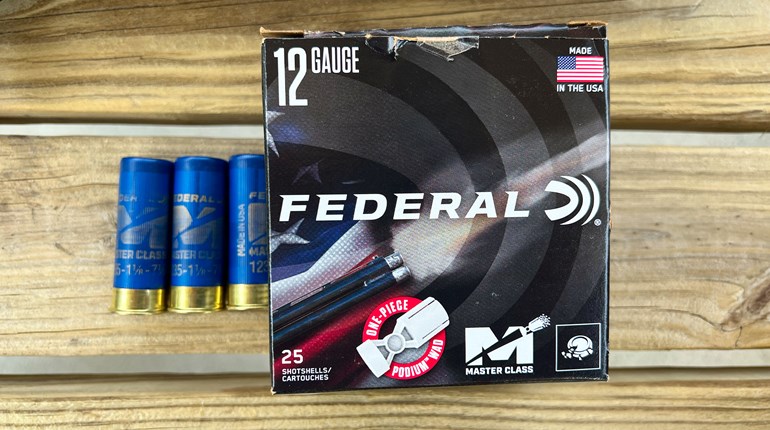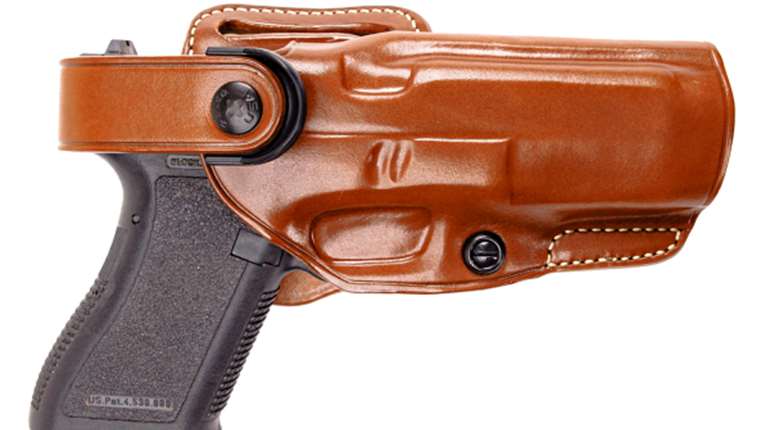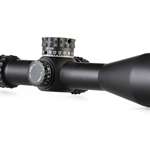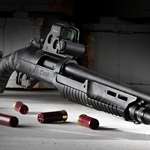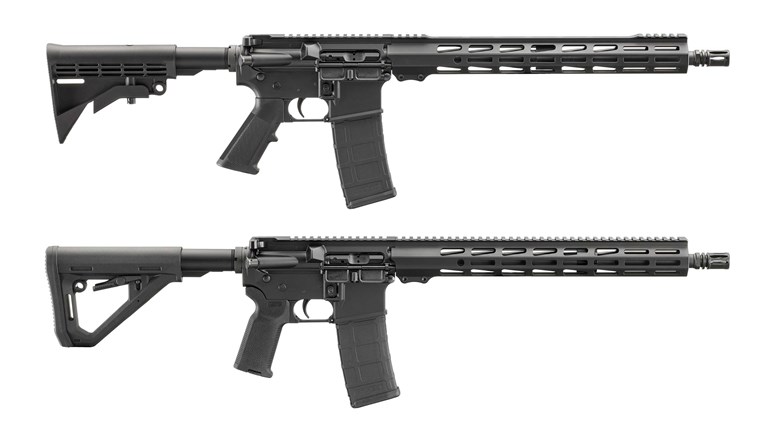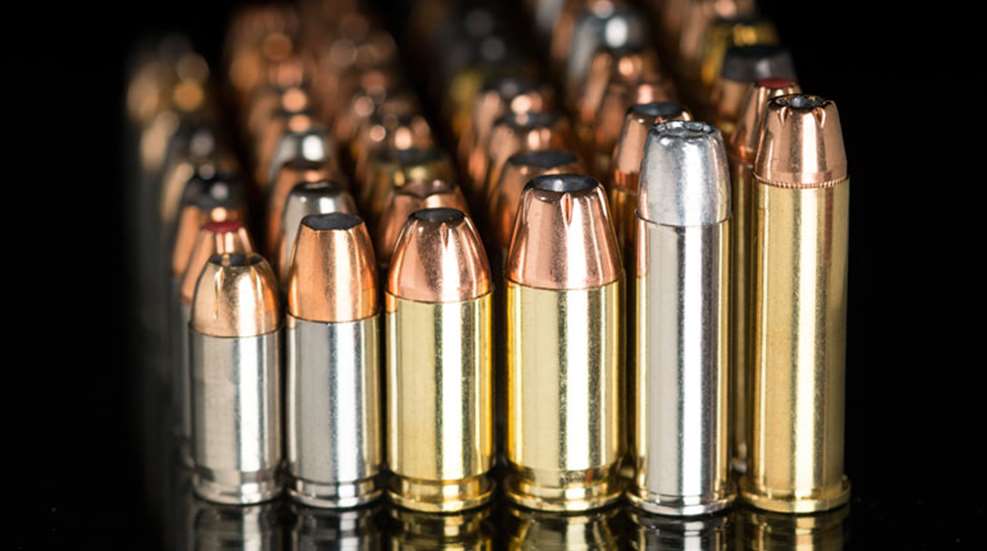
Anyway, we found ourselves the beneficiaries of a vast amount of data we weren’t sure what to do with. I mean, what do you do with a bunch of numbers? So we asked around. “You crunch them,” people said. Oh, OK. Good to know.
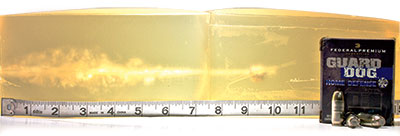
We had numbers for muzzle velocity, penetration, expansion and recovered weight. Cool. The problem was, the tests were not performed with the intent of producing a fair comparison between cartridges. That was just something we came up with after the fact. The same gun wasn’t used for each cartridge of a given chambering. Nonetheless, we decided to proceed, unencumbered by the rules governing statisticians. To the above-mentioned data, we decided to add other information, stuff actual shooters would really be interested in, like price and availability. Then we arbitrarily assigned a scaled point value to each criterion, blithely ignoring factors such as reliability, accuracy and “shootability” (felt recoil, flash, blast, etc.).
The Factors
First, we eschewed velocity for the more telling stat that is muzzle energy. We looked at the range of energies in the cartridges for a given chambering, then divided that range into 10 subranges. Cartridges in the highest subrange earned 10 points, in the second-highest nine and so on.
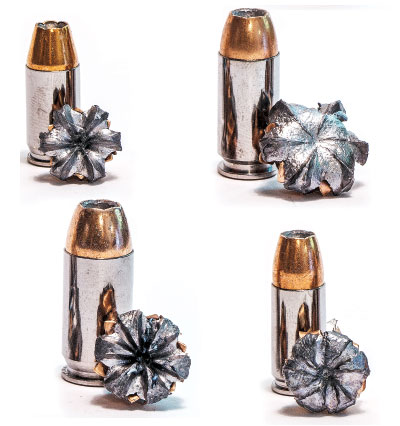
The FBI standard for penetration is a minimum of 12 inches of ordnance gelatin, with 14-16 inches being ideal and anything beyond 18 inches regarded as excessive. We therefore awarded 10 points to those cartridges that fell into that 14 to 16-inch sweet spot. We took away points as cartridges strayed from that ideal, either with too much or too little penetration.
Expansion is indicated by the diameter of the recovered bullet. Not only does an expanded bullet directly contact a wider swath of tissue, but the suddenly increased frontal area helps the bullet shed energy in the target, increasing efficacy while preventing over-penetration. Based on our experience—and taking a look at the results and what can be expected of modern bullets—we determined that 170 percent of original caliber was indicative of excellent performance. We used that in creating a 10-point scale, with 1.7 times the original caliber earning 10 points, down to zero expansion earning zero points.
Some bullets fragment, most often due to the jacket separating from the core. While this can produce multiple wound tracks, it is not generally desirable, as a bullet that unintentionally fragments may offer no single fragment with the critical mass necessary to penetrate to adequate depth. Recovered weight of the bullet for most cartridges tested was generally 100 percent of original weight. In fact, if a recovered bullet weighed less than it originally did, it lost points. As retained weight was regarded by our staff as a less- critical factor, it represented a maximum of five points.
The best cartridge in the world is of no value if you can’t get your hands on it. Ammunition distribution is a complex and often baffling thing. Fortunately, there is the website ammoseek.com, which compiles all of the various ammunition available from a vast array of outlets. We looked at how many outlets carried each load, not counting the manufacturer itself. We awarded one point for every four retailers carrying a specific cartridge at press time, to a maximum of 10 points. Many otherwise slam-bang loads took a hit in this category, as you just couldn’t find them anywhere.
Lastly, we looked at price on a five-point scale, because while affordability is a factor, it shouldn’t be the most important one when your life is on the line. We awarded five points to the lowest-priced cartridge in a chambering (on a per-round basis), with points lost as prices increased. This was in no way a comprehensive nor scientific study. We had no data on some very good products. What we had was a lot of data on a lot of different cart- ridges and a desire to render the information useful for ammunition selection. Of course, how ammo performs in your gun in terms of reliability and accuracy—and your ability to control it—is something you have to determine yourself. This is merely a starting point for selecting a load or engaging in a heated argument.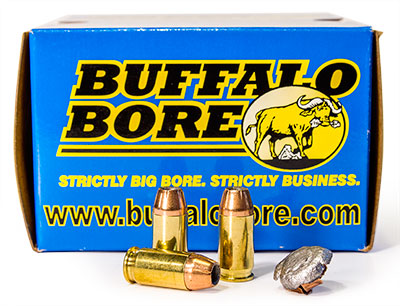 .380 ACP
.380 ACP
Only a single load (Remington’s 102-grain Golden Saber) among .380 ACP cartridges met the 12-inch penetration minimum established by the FBI protocol. Nonetheless, upcoming player Buffalo Bore took this competition handily, thanks to the energy generated by its +P load and its 100-percent weight retention. It’s non-+P offering was no slacker, either.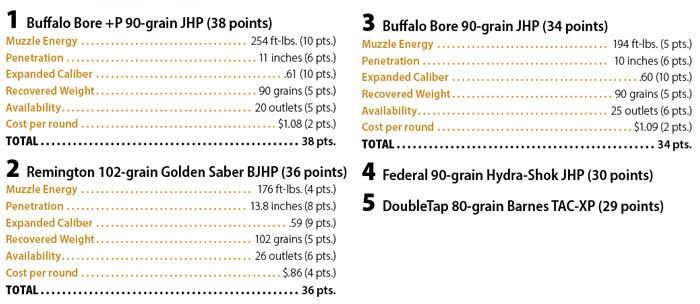
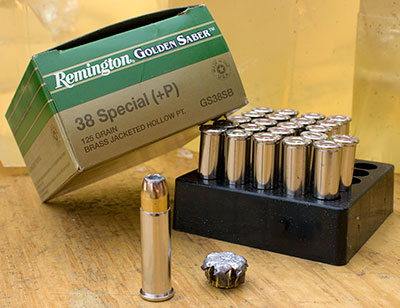 .38 Spl.
.38 Spl.
Remington’s +P 125-grain Golden Saber wasn’t particularly fast, despite its +P designation. It was, however, the only load that passed muster in terms of penetration and yet it exhibited excellent expansion. The same company’s 110-grain SJHP is hard to find right now, but performed fairly well and is very affordable where available.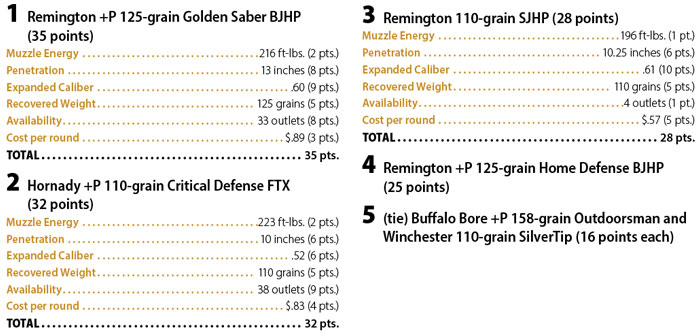
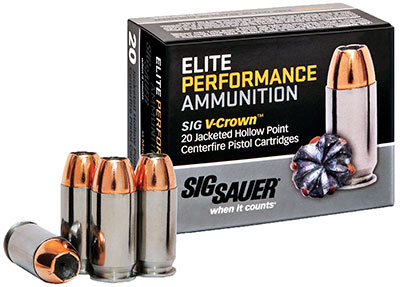 9 mm
9 mm
SIG Sauer’s well-deserved reputation for excellence in firearms must now extend to its new ammunition. It scored well across the board, including for availability (unusual for a new product) and price (unusual for SIG Sauer). Both the Winchester and Hornady offerings were right on its heels, though.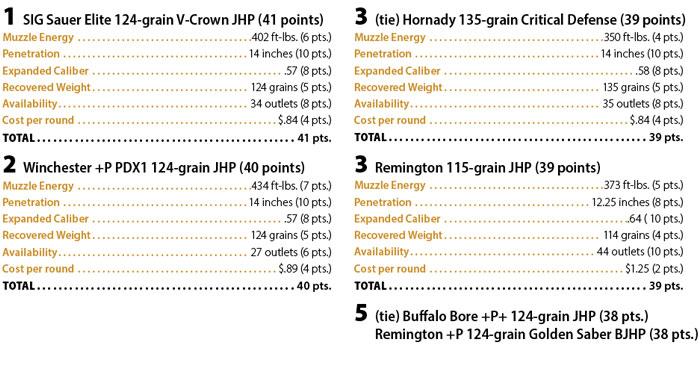
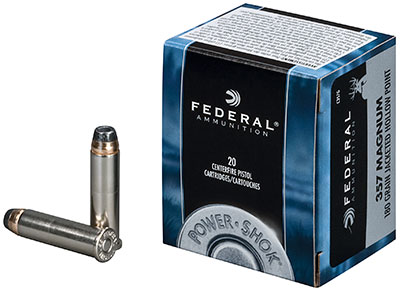 .357 Mag.
.357 Mag.
The heavyweight Federal offering dominated the small field of .357 Mags. tested, scoring well in every area. It ran second in muzzle energy, though, to Federal’s own 125-grain loading. SIG’s load performed well, but is very hard to find. Barnes made the list twice, once with its own cartridge and once with Buffalo Bore loading a Barnes bullet.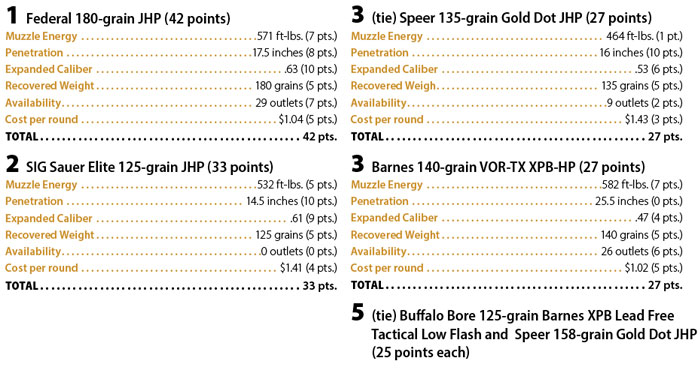
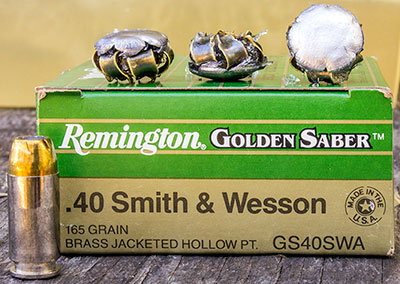 .40 S&W
.40 S&W
Big Green’s Golden Saber takes this category by the considerable virtue of solid all-round performance combined with availability and affordability. While Hornady Critical Defense’s showing is not unexpected, the appearance of old, tried-and-true Winchester SilverTip is a pleasant surprise. It’s still good stuff.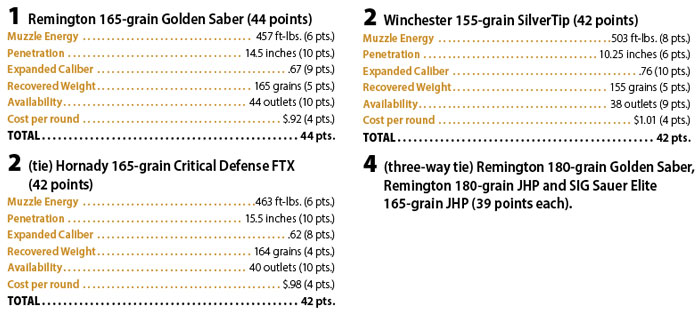
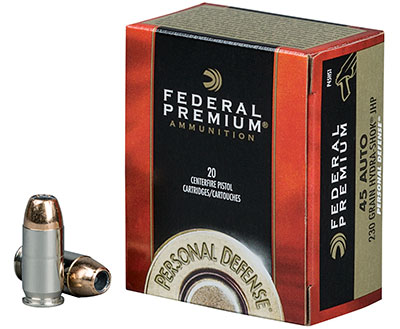 .45 ACP
.45 ACP
Despite the recent wave of new, high-tech bullets, celebrated bullet designs of yesteryear got the nod here, due in part to price and availability. The HST is the only “state-of-the-art” bullet to finish in the top five in this category, but that’s likely because others weren’t in our database.